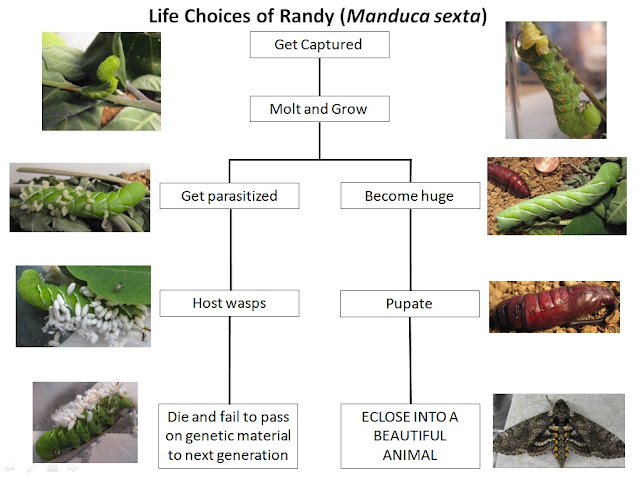After seeing some marvelous pictures of this legendary arum, I resolved to find this plant myself. Unfortunately, I was in Costa Rica. (Yes, I'm aware that this is probably the first time that sentence has ever been said.) By the time I returned to the United States, the flowers were gone.
But now, after an entire year, we're in the correct season and all the elements have come together to form perfect skunk cabbage weather. Today, my class schedule even worked out, resulting in my Lower Plants lab taking a trip to search for the prize.
Ladies and gentlemen: we have skunk cabbage!
As we entered an area with a natural seep to look for the cabbage, we were teased with the...."distinct" smell of skunk cabbage. It was either that, or sewage. At any rate, I was mad with a feverish yearning to find this most desirable of cabbages. Descending a hill, we entered a wet area and knew we were close. My eyes scanned past a growth of cattails to discover standing water.
My mind was racing.
I searched for any characteristic feature: mottled red on green, bright green leaves...anything not familiar to me. And th--HOLY CRAP, THERE IT IS!
Like a beautiful green sentry, there the skunk cabbage leaf stood: curled up, surveying its territory from CENTIMETERS above the water. Truly, this is royalty. I jumped up and down and shouted for joy, much to the chagrin of my lab companions. However, manners were secondary to my cause at this point. After about five minutes of bolting from plant to plant, I finally settled down enough to examine the Hope Diamond of plants.
Being in the arum family, skunk cabbage has a spathe and spadix. The spathe is actually the fleshy, modified leaves surrounding that weird-looking ball in the middle of the plant. That pimply ball is the spadix, which has small, white flowers that are pollinated by insects such as flies, bugs, and beetles. Since the flowers are so inconspicuous, they aren't in charge of attracting the pollinators. Rather, that delectable stench is the attractant. It worked pretty well on me, so it must be good enough for all those pollinators, eh?
I was positively giddy once we found the skunk cabbage--probably to the point of freaking everyone else out. My long year of waiting was well worth it: I was not disappointed at all with what I found. This is truly a remarkable plant...from the smell to the colors to the message. If you find skunk cabbage, it means Spring surely isn't far away.
Get out and look for skunk cabbage while you can still see the flowers: you won't be disappointed. Snow won't even kill it at this point, thanks to its thermogenic qualities (it's somewhat of a dragon really), so you have no excuses not to get skunked.
Seriously, go. It's so amazing!


